Chia - Plant Profile
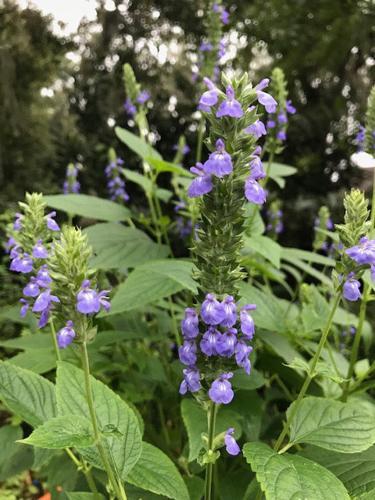
Chia (Salvia hispanica) - Plant Profile

Photo credit: Chia from Coastal Illustrated
Botanical Name: Salvia hispanica
Family: Labiaceae (Mint family)
Common Name: Chia
Uses: Edible seeds, microgreens, ornamental plant
Overview: Chia is a versatile, nutrient-packed plant gaining popularity due to its high Omega-3 fatty acids, fiber, calcium, manganese, phosphorus, and protein content. Just 28 grams of chia seeds contain about 4.4 grams of protein, nearly equivalent to an egg! Not only does it offer impressive nutritional benefits, but chia is also a lovely addition to any garden with its attractive, spiky flowers. The plant grows to about 1.5m tall and 1m in width.

Image of Chia pudding
Relatives: As a member of the Salvia genus, chia is closely related to culinary sages and more distantly related to mint. Both chia and sage share similar growing conditions and vibrant flowers, making them excellent garden companions.
Growing Conditions: Chia thrives in full sun, requiring at least 6 hours of direct sunlight each day. It is best suited for subtropical and tropical climates, as it is sensitive to frost and will die in freezing temperatures. This short-day plant requires well-drained soil enriched with organic matter. It can be grown in both garden beds and containers, with a minimum of 20 liters of space per plant in containers.
When to Sow: Chia is typically sown in late winter or early spring, once the danger of frost has passed. In subtropical climates, it can be planted in the cooler months, while in tropical regions, it can be grown year-round as a microgreen.
How to Grow:
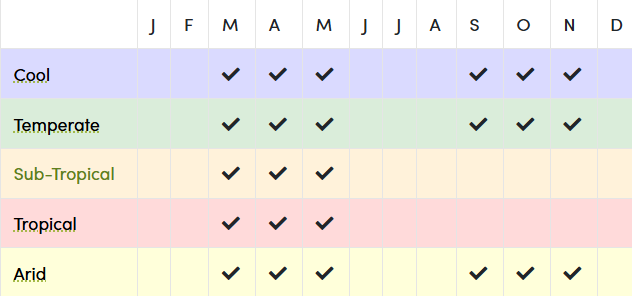
Source The Seed Collection
- Direct sowing: Plant chia seeds 3mm deep, spaced 30cm apart, with rows 150cm apart. Keep soil moist but not wet, and ensure temperatures stay between 20-22°C for optimal germination (1-4 days).
- Seedling method: Start seeds in trays or pots, and transplant once seedlings are large enough to handle (5-10 cm tall).
- Water when the soil is dry 5cm below the surface, avoiding overhead watering to prevent fungal diseases. Chia does not require additional fertilization during the growing season.
Harvesting:
- For Microgreens: Harvest once plants are 2-5cm tall by cutting the stems at ground level.
- For Seeds: Wait until the flowers dry and lose their petals. Cut the flower spikes and place them in a paper bag to dry further. Shake the bag to release the seeds, then screen or winnow to remove the chaff. Chia seeds can be stored for years in an airtight container or vacuum-sealed for longer storage.
- Yield: 1 to 13 seeds per flower. About 5g per plant.
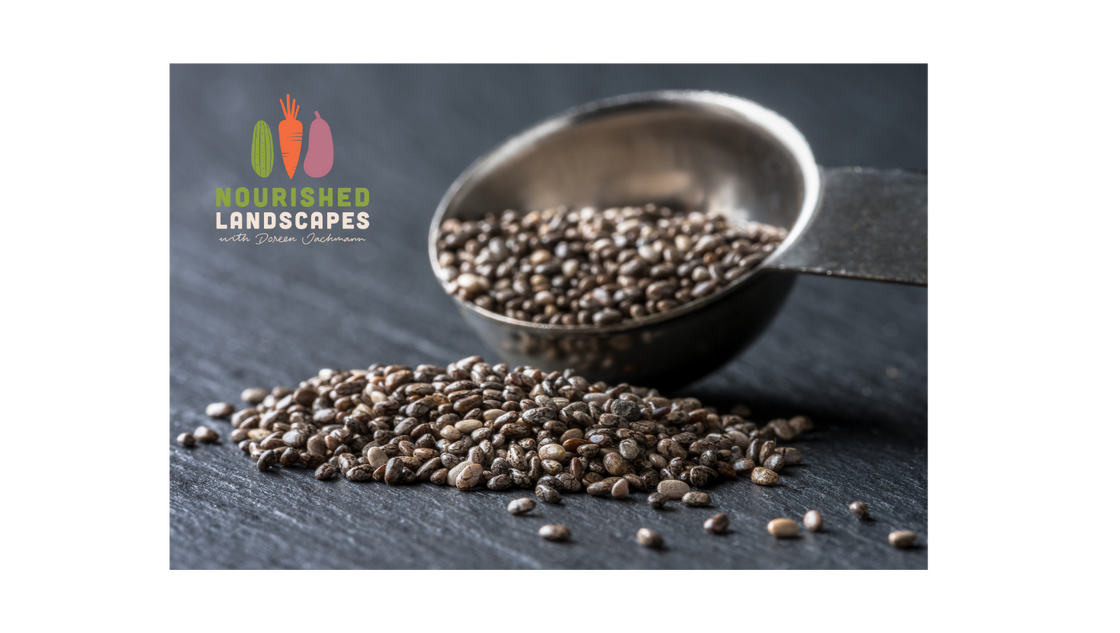
Considerations: Chia is self-seeding, meaning it may grow again the next season if you allow it to drop its seeds. If you don't want it to become invasive, deadhead plants before they set seed. Chia is well-suited for organic gardening, thriving in nutrient-poor soils without the need for extra fertiliser.
Fun Fact: While chia is widely known for its health benefits, it was originally cultivated by ancient Aztecs for its endurance-boosting properties!
----------------------------------------------
About the Author
Doreen Jachmann from Nourished Landscapes has been providing permaculture services for over 10 years.
Doreen is passionate about helping people create sustainable and resilient landscapes.
Nourished Landscapes offer a variety of services, including:
* Permaculture design and installation
* Permaculture education, presentations and workshops
* Permaculture consulting
If you are interested in learning more about permaculture, please contact us today!
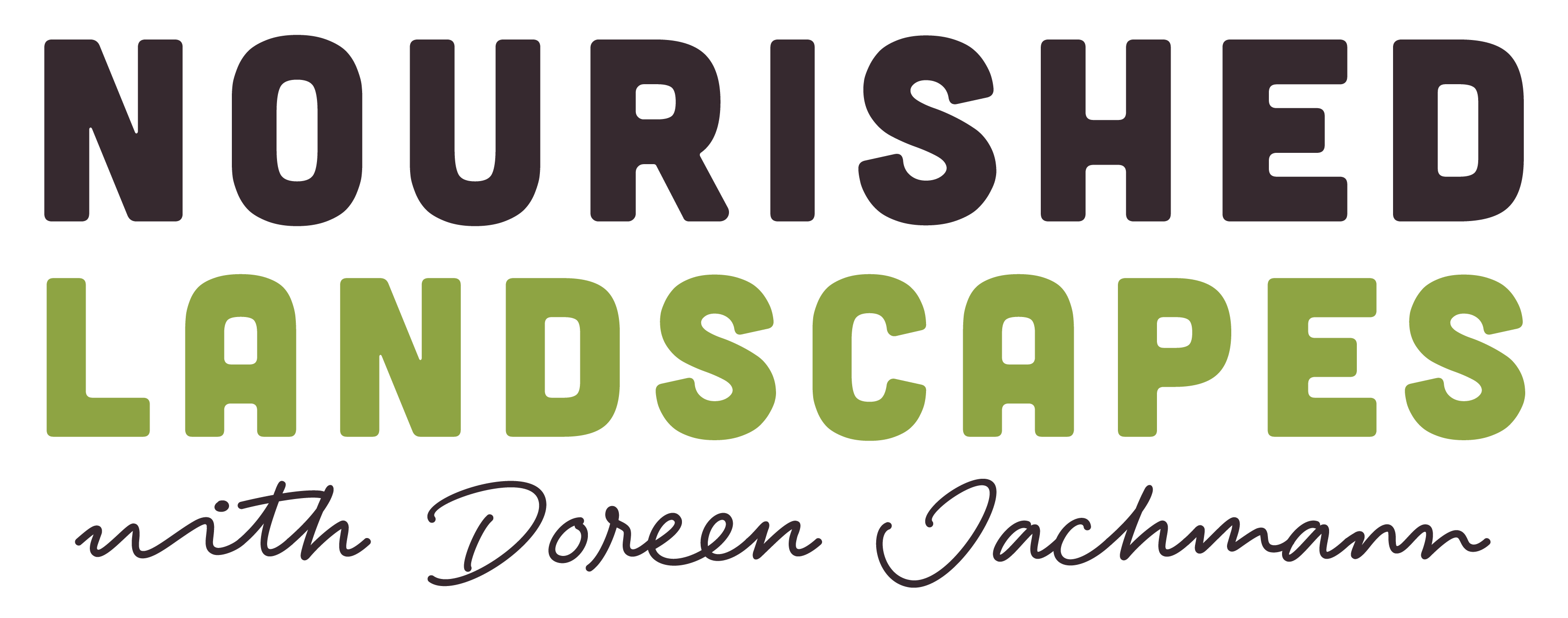
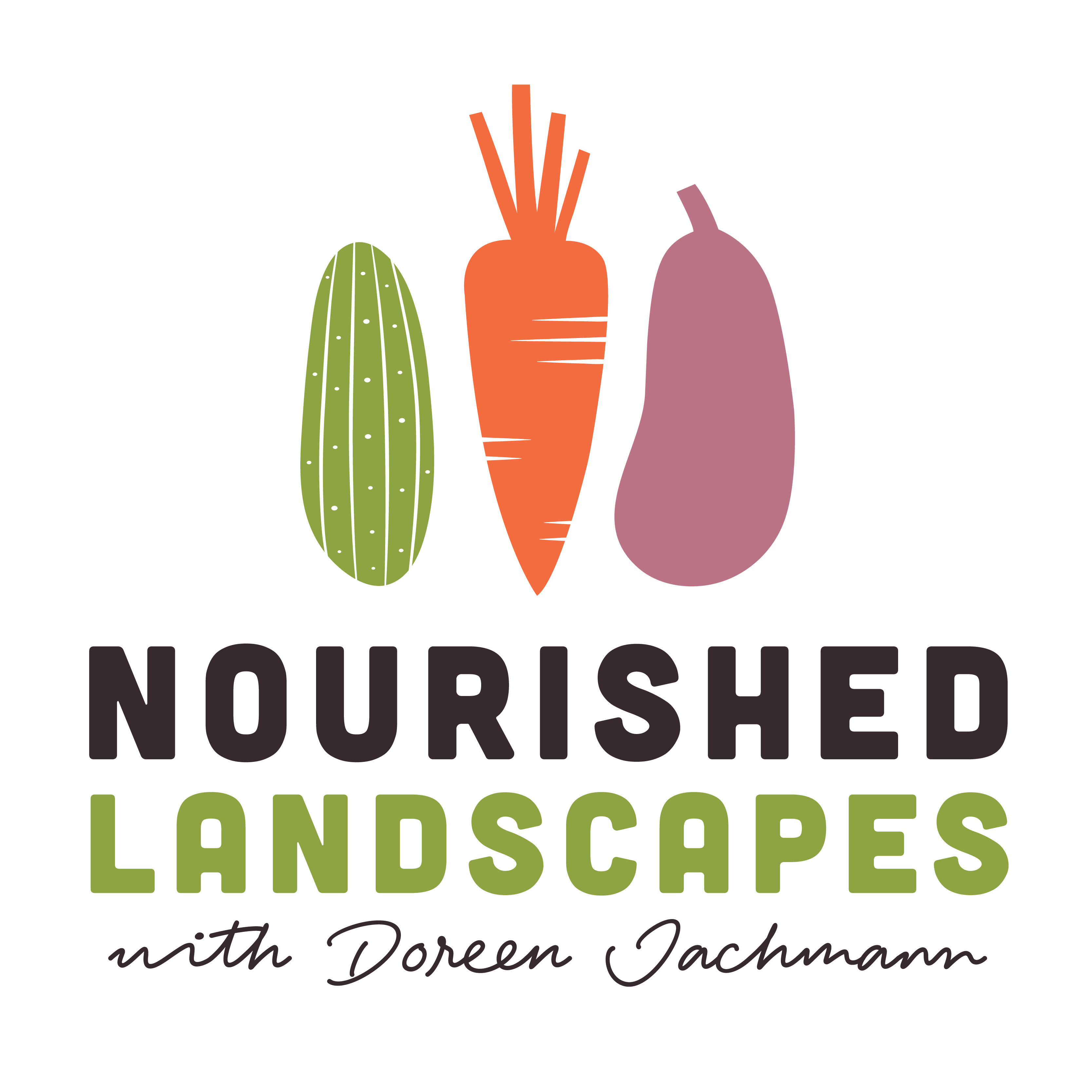
0 comments
Leave a comment
Please log in or register to post a comment